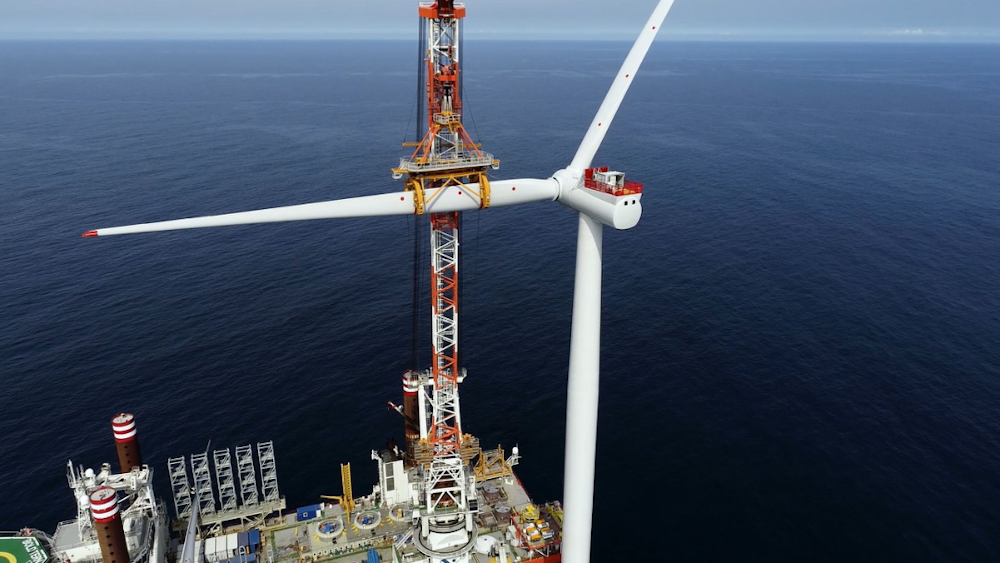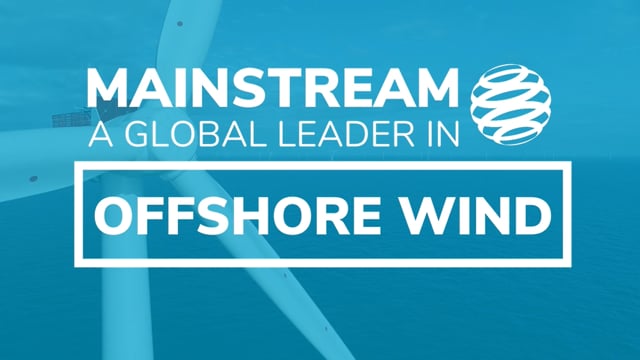Mainstream backs call for 1,400 GW of offshore wind in green recovery
Category
News
Date
8 June 2020
Location
Global

Mainstream developed the Hornsea array, the world’s largest offshore wind farm, which is currently being built in UK waters. Photo courtesy of Ørsted
Mainstream is today marking World Ocean Day 2020 by supporting a call to place offshore wind energy at the heart of efforts to restart the global economy and build a Confident Green World.
The Ocean Renewable Energy Action Coalition, which we formed with other major industry players earlier this year, has announced its vision of offshore wind generating 1,400 GW of energy by 2050.
That would be enough to power one-tenth of the planet’s expected electricity demand, while saving more than three billion tonnes of CO2 emissions annually, equal to taking 800 million cars off the road.
It could also create the equivalent of 20 million working years-worth of full-time employment over the next 30 years, covering the full value chain from procurement to construction to decommissioning.
The target represents a 45-fold increase on the 30 GW of offshore capacity installed around the world today.
Mainstream has already played a leading role in growing this sector by more than 30% during the past decade.
We developed and sold 3.45 GW of projects in UK waters, accounting for almost a third of its forecast offshore wind capacity for 2020.
And we are now working closely with policymakers and industry partners to bring new projects on stream around the world, starting with the 800 MW Soc Trang Wind Farm – South East Asia’s largest – in Vietnam.
OREAC will publish a roadmap to 2050 later this year that sets out the policy, infrastructure and market supports that will be needed to realise its 1,400 GW vision.
The ambition, which goes beyond current offshore wind forecasts, is considered to be entirely achievable given the resource potential, technology innovation, and government appetite to position offshore wind at the centre of the global energy transition.
A report for the High Level Panel for a Sustainable Ocean Economy shows that ocean-based renewable energy could meet nearly 10 per cent of the global annual greenhouse gas emissions reductions needed to remain on a Paris-compliant 1.5°C pathway in 2050. It estimates that up to 85 per cent of this decarbonisation potential will come from offshore wind.
Media Enquiries

Emmet Curley
Head of Communications and Positioning



